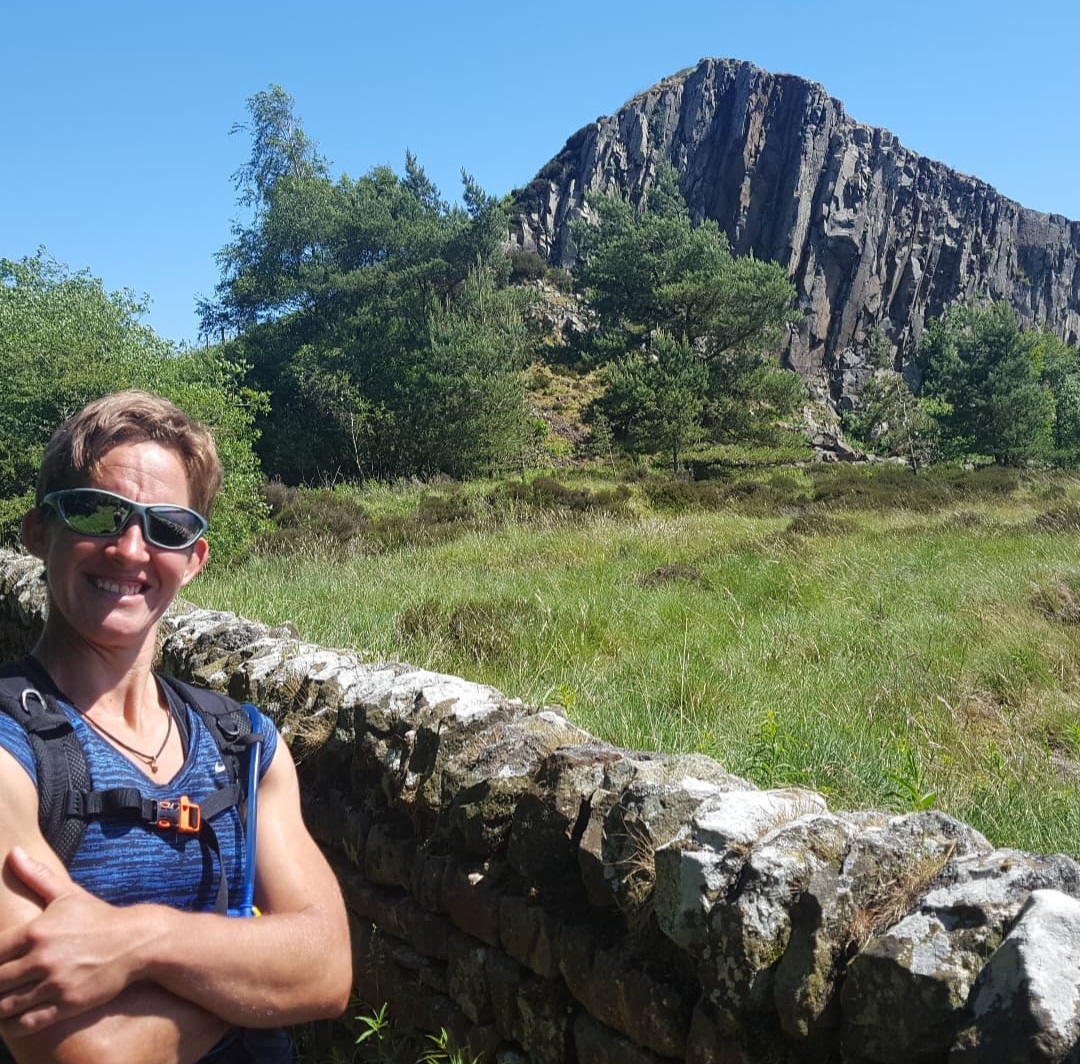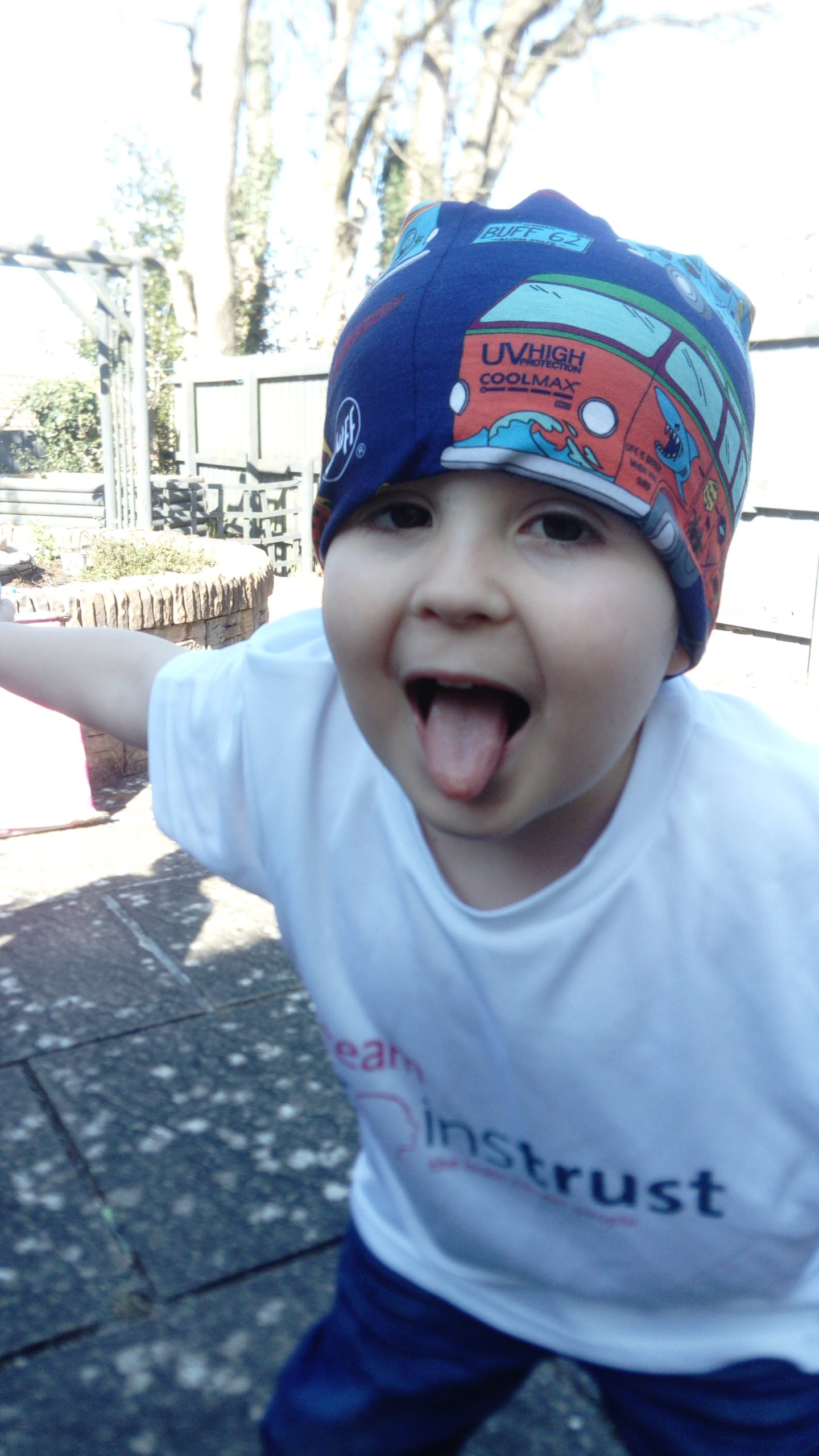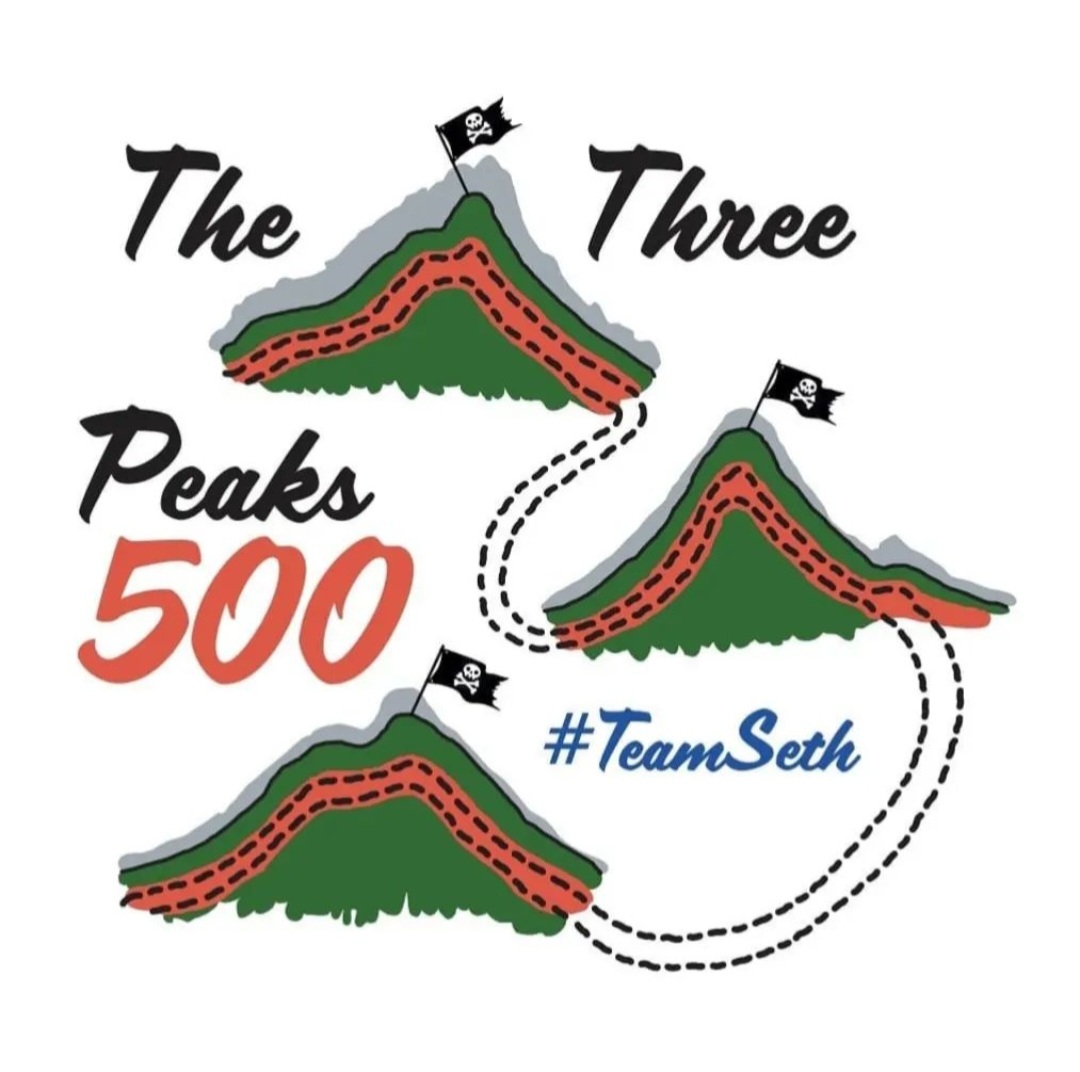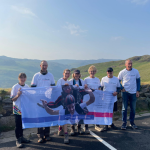In August this year Anthony will be running 500 miles over 10 days from Ben Nevis, to Scafell, to Snowdon. Anthony is taking on the challenge in memory of Seth Dickenson, who sadly lost his life to a brain tumour at the age of seven, and Debbie Austin, Anthony’s lifelong friend and running partner and the original mastermind behind this challenge.
In this article, we catch up with Anthony ahead of the challenge to find out more about Seth and Debbie and what it’s taken to prepare for the challenge.
You can donate to Anthony’s challenge via his JustGiving page.
Running for Seth and Debs

My lifelong friend and running partner, Debbie
My inspiration for taking on this challenge is Seth Dickenson and my late running partner Debbie Austin – who I’ve known since we were 5.
The original inspiration behind the challenge is little Seth Dickenson. In December 2017 Seth was diagnosed with a brain tumour. After surgery and treatment, he was given the all clear in October 2018. Then in February 2020 the devastating news came that his cancer had returned, and this time it was fatal. Despite many dips and subsequent rallies Seth very sadly passed away in May 2021. After learning what a warrior Seth was, and how amazing the Dickenson clan is, I’m honoured to support the family and charities involved. In Debs’s words the Dickensons “know how to squeeze every last drop out of life“.

The inspiration behind the challenge: little Seth Dickenson
So, Debs and I agreed to raise money for the two charities that had done so much for Seth and his family: brainstrust, who support individuals and families dealing with brain cancer, and Little Harbour hospice, where Seth spent many happy months during his hardest times.
After getting a few ultra marathons under our belts, Debbie and I had been discussing what our next challenge would be. I knew Debbie had something crazy planned. She never sat still, she was always pushing her limits. She skipped marathon distance and dived straight into 70-mile ultras, then skipped 100 milers, going straight to 250 milers. But even 250 miles that wasn’t enough for Debs. She wanted to take on 500 miles. Her goal was a supported 10 day race from Ben Nevis in Scotland, passing over Scafell in the Lakes and down into Wales to climb Snowdon.
I had my reservations, but she rarely took no for an answer, so I obliged! I’d wanted to do something on this scale for quite some time – so we inspired each other and committed to the challenge.
Sadly, Debbie passed away before we were able to take on the challenge so I am now running for Seth and in memory of my dear friend Debs too.
Training for the challenge
 The passing of Debs was such a shock. I took a 2-month break from training. I wasn’t sure if I could do this on my own or not. But at her funeral I decided that it wasn’t over. At that point I didn’t know what shape or form the fundraising would take, but I don’t give up easily, I knew I would continue the work we started.
The passing of Debs was such a shock. I took a 2-month break from training. I wasn’t sure if I could do this on my own or not. But at her funeral I decided that it wasn’t over. At that point I didn’t know what shape or form the fundraising would take, but I don’t give up easily, I knew I would continue the work we started.
I think of Debs often on my runs, and I can hear her voice in my head keeping me going. I remember her little voice notes she sent to me on the ultras I did without her. The thoughts of all of this keep me going.
Keeping motivated over the last year and a half though has been the toughest, I’ve been balancing a stressful and responsible job, whilst fitting training in between family time and buying a new house. I don’t do things by halves!

The planned 500 mile route
I’ve been put through my paces. I’ve run after long eventful days at work; through the wind, rain and cold; on dark nights in the snow, slipping on the ice. It’s taken, time, money and tears. I’ve weathered constant aches, tiredness and blisters and struggled to balance family life with training demands. But when I’m feeling sorry for myself, my thoughts inevitably go to why I’m doing this, and who for, and this keeps me going.
I’m committed now, I don’t really know what it’s like not to train, my body is used to it now. I’m weirdly going to miss it!
I’ve thought about the challenge every day for the last year and a half. Most morning I wake up with anxiety; wondering if I can do it or not. But I don’t like letting people down, so I persevere. The support of my friends, family, support teams and #teamseth have helped keep me motivated. Hell, I think Rock Choir may have organised something for me on one of the days – I can’t not do it now!
 In the last year, I’ve ran 1790 miles, hiked 155 miles, cycled 257 miles. During the 500 mile run I’ll be missing siblings and niece’s birthdays, my daughter’s first day at school and my wedding anniversary. Those sacrifices are nothing compared to what Seth and his family went through and what others with similar diagnosis go through. I’ve got this far, just a little further!
In the last year, I’ve ran 1790 miles, hiked 155 miles, cycled 257 miles. During the 500 mile run I’ll be missing siblings and niece’s birthdays, my daughter’s first day at school and my wedding anniversary. Those sacrifices are nothing compared to what Seth and his family went through and what others with similar diagnosis go through. I’ve got this far, just a little further!
Everyone at brainstrust stands in awe of Anthony and the passion and determination he has put into preparing for this challenge. We will be cheering him every step of the way. You can see updates from Anthony as he trains and takes on the challenge via his Instagram page (@debandantrnuts) and Facebook page (www.facebook.com/threepeaks500). If you’d like to donate to Anthony’s epic challenge, you can do so via his JustGiving page.






